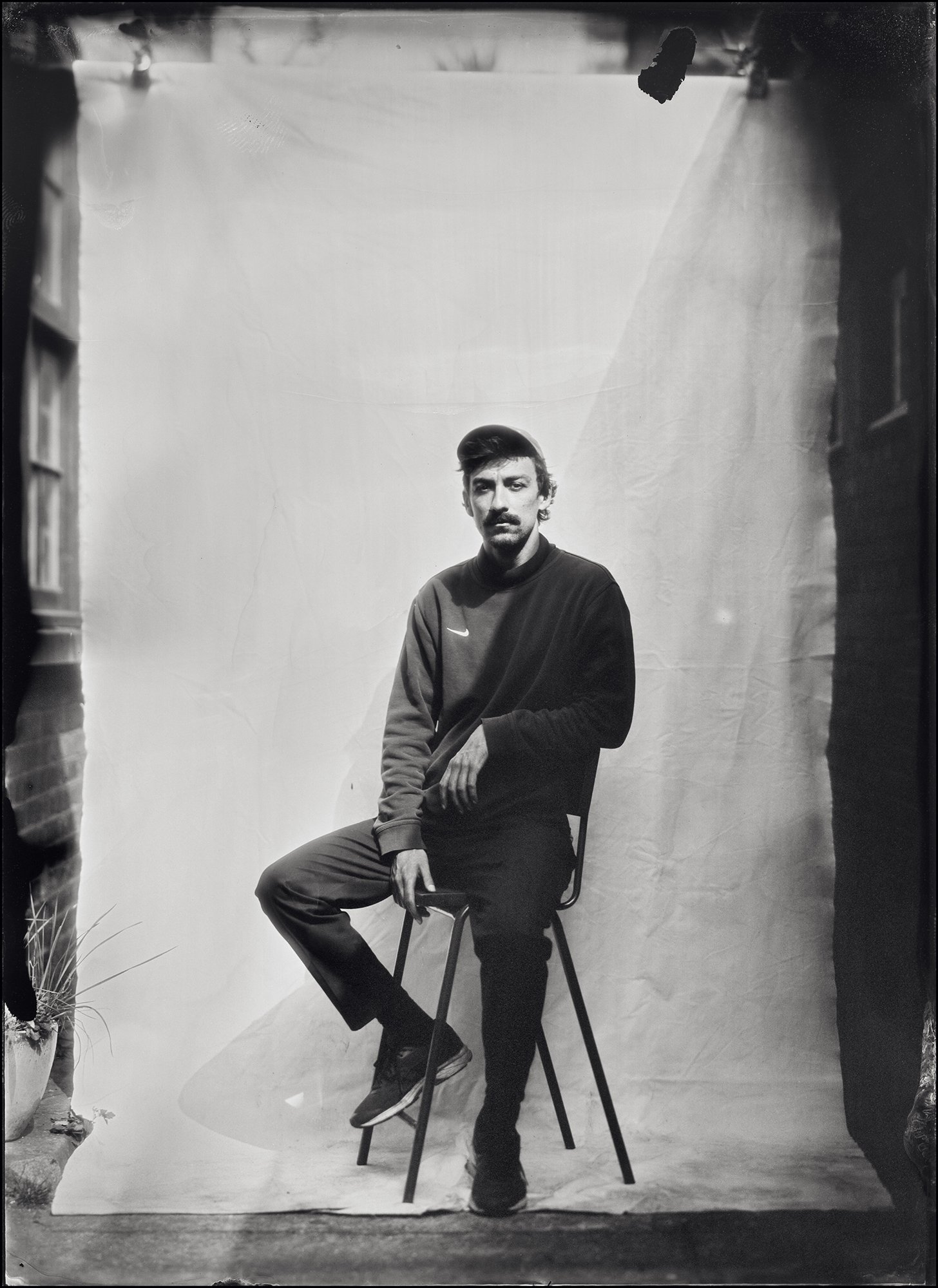Kasia Wozniak: Distorted Nostalgia
January 12th, 2023
By Charlotte Russell
It was over a decade ago that the contemporary photographer Kasia Wozniak was digging through a flea market in South London and stumbled across a fascinating antique image of a small man. Printed on a tiny metal plate and rendered in ethereal washes of browns, blacks and whites, the contemporary artist was struck by this time capsule - an image of a seemingly ordinary, yet historic, moment.
Piotr Jarosz
Dior
It was from here that Wozniak found herself at the now closed Silver Print Photographic Studio armed with multiple questions. She was informed that this spellbinding piece was made using the wet plate collodion process: created using a glass plate soaked in silver nitrate, which is then placed inside a large format camera and later developed in a dark room.
Following on from the daguerreotype and calotype methods of the nineteenth century, wet plate photography was the dominant method for over thirty years (1851-c.1880). Its popularity boomed as the creation of the negative plate could be used to develop multiple prints of the same image, much like we see with acetate negatives today.
“Something magical happens when you [are] with a person and they sit down in front of you and you ask them to freeze.”
Growing up with her budding photographer father in Poland, Wozniak was often the subject of many portraits. As she puts it: “This notion of sitting down as a child and posing for my father is something I translate to my work.” The dynamics of power and passivity between sitter and photographer is something that Wozniak has become particularly aware of throughout her practice. Unlike contemporary digital methods that allow us to take endless shots, her age-old process involves spending a period of time with the camera and sitter, ensuring the direction is just right before exposing her singular plate to the light: “Something magical happens when you [are] with a person and they sit down in front of you and you ask them to freeze,” she relays.
June, 2020
Self-Portrait, 2020
Wozniak relishes in the slow-form process of working in this very particular photographic medium. “I really love making things. When you print in the dark room you can be with one print for hours”, she says. Upon meeting with Silver Print she was introduced to Sean McKenna - the only person in the UK working with wet-plate at the time. An archaeologist and part time war reenactor, McKenna used wet-plate to document his battles, although his practice was one that was more concerned with precision and accuracy, in comparison to the distortion that Wozniak gravitates towards. In turn, she had inherited a craft shared between so few people globally, which heightened the intimacy between herself and the privacy of her unique process.
“Although [my photographs] are produced for something that doesn’t have longevity [as] fashion changes constantly. The images stay.”
Wozniak is still often entranced by the tangible nature of the glass plate; as photographs that exist as objects in the physical, as opposed to the over-proliferation of virtual imagery that we so often see flickering around in the digital ether. In turn her work thrives on dichotomies, from the previous notions of passivity and power, to the battle between fleeting trends that she often fights against as a fashion photographer: “Although [my photographs] are produced for something that doesn’t have longevity [as] fashion changes constantly. The images stay”.
Daisy Collingridge Performance Outfits, 2021
William Doyle, 2021
In turn, Wozniak’s art boycotts the passing of time for the sacred capturing of a particular moment. “I find time fascinating”, she states, as her buttery, mystical photographs evoke the dreamlike quality of false memories. “All my work is about distorting reality”, which is achieved through her ongoing experimentation by creating images that are often multi-layered, double exposed or washed with slashes of pigment. Unlike McKenna, Wozniak is less concerned with the perfection of the final image and is driven by the unpredictability of the unknown. “Sometimes an accident can be amazing”, she recalls, again forming a duality between the strict nature of working with such a lengthy method and the need to search for spontaneity in other ways.
SWAP 2, Lucie Gledhill & Kasia Wozniak
Her distorted works are just a small slice of her experimentation with the process, which was further seen in her 2020 collaborative series SWAP created with jeweller Lucie Gledhill. It was at a party that Wozniak and Gledhill realised they both used silver in their practices. A lightbulb moment followed, resulting in the later work which saw Gledhill melt the silver from one of her chains to leave behind a golden relic of solder in its place. The extracted metal was used by Wozniak for her silver nitrate solution and thus turned into the matter which formed images of Gledhill’s golden fossils. Both the medium and process became the focal point of this series, as Wozniak and Gledhill’s finished pieces displayed the metamorphic qualities of this precious material.
“Sometimes an accident can be amazing.”
Today Wozniak can be found armed with the same large format camera that she began with over a decade ago. Stretching the boundaries of time by using historic tools to create subjectively contemporary work has seen her build an oeuvre that celebrates the unlimited potential of working with photography. In the midst of Brexit, as camera film and photographic parts become more expensive, Wozniak battles against a climate that challenges the existence of her practice. Forming under the pupillage of people like McKenna, and armed with the wisdom of those at Silver Print; Wozniak’s work shows us that it is community that enables crafts to continue, which forms the underlying essence of her captivating imagery.
About Kasia Wozniak
Kasia Wozniak is a Polish born photographer, who lives and works in London.
She works within the frame of alternative photography, predominantly with the nineteenth century Wet Plate Collodion technique








